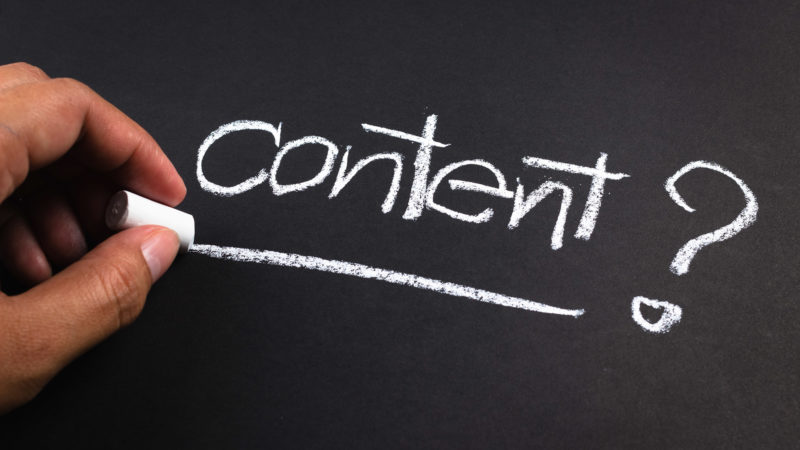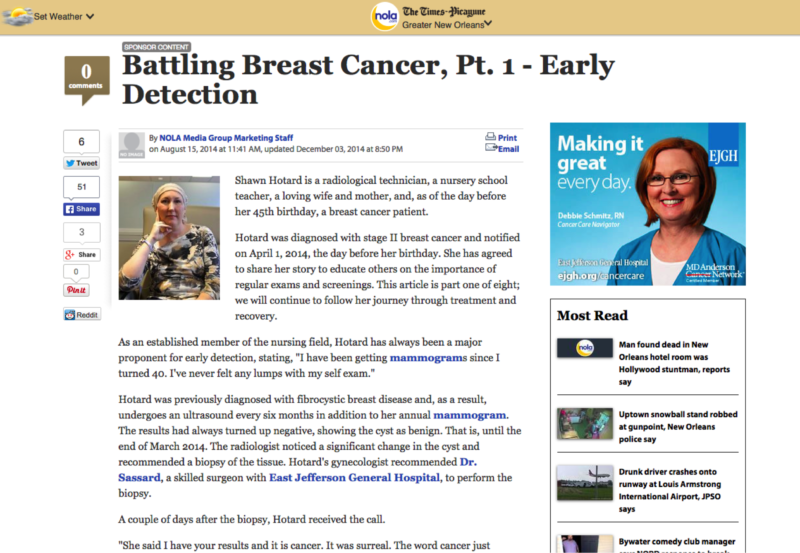A Powerful New Tool In The Local Business Toolbox: Content Marketing Is Going Native
Today’s savvy local businesses are breaking into content marketing, but is it enough? Columnist Will Scott explains why pay-to-play native advertising is the up-and-coming way for local businesses to gain traction when it comes to custom content.
Yes, content marketing is definitely a buzzword. But all it really means is that custom content — that kind of tailored information that tells the real story of a local business — is what consumers really want. In fact, 78 percent of chief marketing officers see custom content as the future of marketing, according to the latest statistics from Demand Metric.
And content marketing is not just for the big brands, either. Ninety percent of all organizations use content in marketing efforts, and 80 percent say that custom content should be the central focus of those marketing efforts, Demand Metric reports. Put it another way: Businesses large and small think custom content makes the world go ‘round.
Just to give you an idea of how many pieces of custom content are required by business clients these days, Search Influence (the online marketing company I co-founded with my wife, Angie Scott), produced 19,743 pieces of custom content in just one year on behalf of our clients, many of them local businesses.
Does that mean all this custom content will give local businesses the kind of reach and engagement they desperately need online? Unfortunately, content marketing is no silver bullet. There is another way to use custom content without slamming your customers over the head with just another ad.
Native advertising is the pay-to-play way to get custom content to your target audience. Native advertising is typically content-based, according to Joe Pulizzi of the Content Marketing Institute.
The information is useful, interesting, and highly targeted to the specific readership. So, in all likelihood, it’s not an advertisement promoting the company’s product or service directly. This is where native advertising looks a bit like content marketing.
Think of native advertising as another logical step from content marketing. And for local businesses, there are three key reasons why native advertising can put custom content to good use.
Native Advertising Beats Display Ads
Consumers looked at native ads 53 percent more frequently than display ads, according to the latest statistics from IPG Media Lab on native advertising.
In fact, customers even think of native advertising as shareable. Thirty-two percent of respondents to the IPG Media Lab survey said the native ad “is an ad I would share with a friend or a family member” versus just 19 percent for display ads.
Native Advertising Is Everywhere — And We Don’t Even Notice
If you think native advertising is something you’ve never seen before, think again. Take Facebook, for example. If you’ve ever read a promoted or sponsored post that showed up in your news feed, that’s one form of native advertising.
The nation’s largest publishers are also serving up native advertising in much the same way they serve up quality editorial content. In July, The New York Times launched a native advertising team in London to attract more international clients, The Guardian newspaper reports. These paid articles, or native advertising, use content that looks and feels just like editorial content produced by The New York Times‘ journalists.
An example is a paid article that features women prisoners on behalf of the Netflix series, “Orange is the New Black.”
Native Advertising Is Local, Too
Local newspapers in local markets across the country are also offering native advertising options. Now readers can visit their local newspaper’s website and read a sponsored post that not only tells a story but also closely resembles the kind of journalistic content they are used to reading.
The benefit for local businesses? While the article does not resemble an ad, the local business advertiser who is paying to play is used as a reference or a source within a quote. This guarantees the advertiser a share of the voice without shoving an ad down someone’s throat.
Here’s a local sponsored article in action:
So what about your local business? Have you tried this trend yet? Share your native advertising experience and how you are reaching local customers.
Opinions expressed in this article are those of the guest author and not necessarily MarTech. Staff authors are listed here.
Related stories


